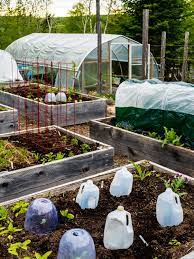Gardening under cover can be a game-changer for extending your growing season, especially in climates with cold winters or unpredictable weather. Niki Jabbour, author of The Year-Round Veggie Gardener and Growing Under Cover, shares her expert insights for gardeners seeking to improve their growing practices with row covers, plastic tunnels, and other protective measures. Below are five key tips from Niki, who gardens year-round in Halifax, Nova Scotia, a region known for its cold winters and heavy snowfalls.
1. Best Vegetables for Row Covers
Row covers, also known as garden fleece, are perfect for protecting crops from pests and extending the growing season. In late summer, Niki uses row covers to shield cabbage relatives like kale, broccoli, and cabbage from insects. As the weather cools, she places row covers over cool-season crops such as lettuce, spinach, bok choy, and scallions. These covers help retain heat and protect plants from frost. In her winter polytunnel, she also uses row covers to add extra insulation to crops like cabbage, broccoli, and spinach.
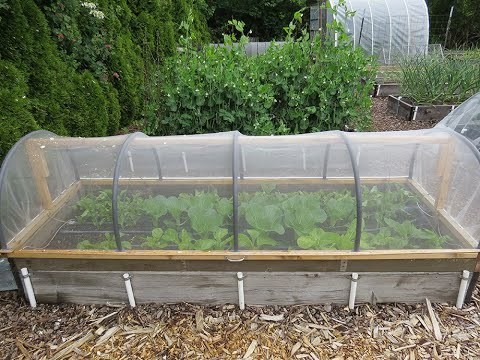
2. Vegetables That Thrive Under Plastic
Plastic tunnels or mini hoop tunnels offer superior insulation compared to row covers. Niki uses plastic-covered tunnels in late winter and early spring to create a microclimate for early-planted crops like carrots, beets, lettuce, broccoli, and celery. These structures help jump-start the growing season by protecting plants from pests and extreme cold. For her winter garden, Niki covers crops like kale, bok choy, scallions, and endive with plastic tunnels to ensure growth even during the harshest months.
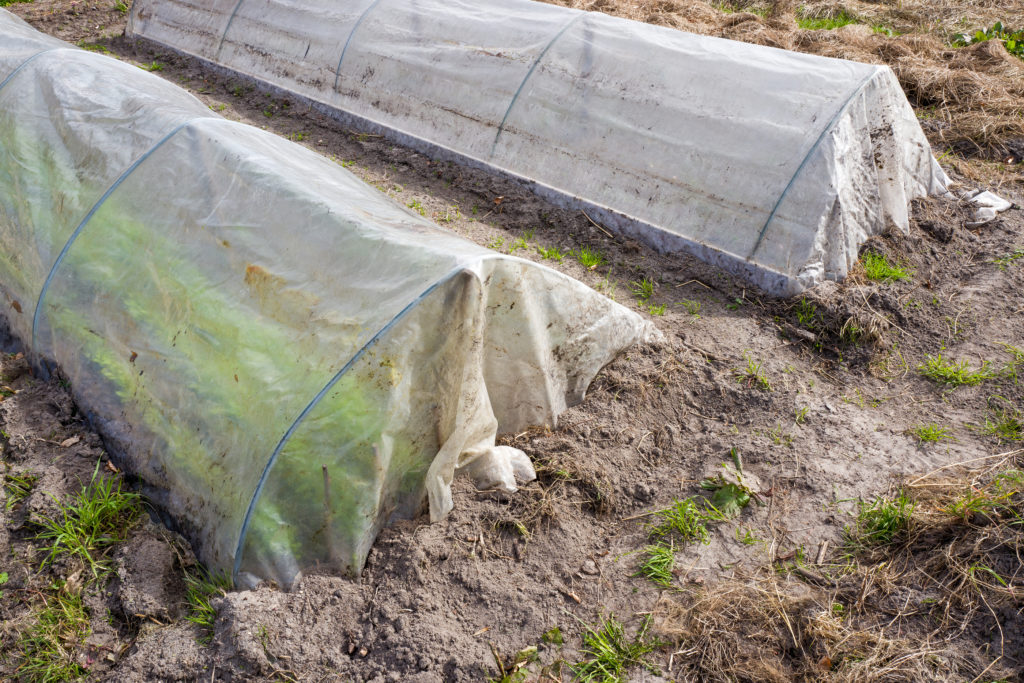
3. Transitioning from Row Covers to Plastic
As the season shifts from autumn to winter, Niki layers plastic over her row cover tunnels. This double layer provides extra protection for cool-season crops when daylight hours become shorter and growth slows. This method helps maintain a consistent microclimate, allowing for continued harvests throughout the winter. By late February, when the days start to lengthen again, she begins sowing new seeds under these covers to prepare for fresh spring crops.
4. Common Mistakes to Avoid
One of the most frequent mistakes beginners make when gardening under cover is not watering enough. While row covers allow rain to pass through, plastic sheeting prevents moisture from reaching the soil. To combat this, Niki ensures she deep waters her crops as needed to keep the soil moist. Additionally, she emphasizes the importance of proper ventilation. Even in freezing temperatures, structures like cold frames and hoop tunnels can heat up quickly, potentially harming plants. Niki keeps thermometers in her cold frames and polytunnels to monitor temperatures and adjust ventilation accordingly.
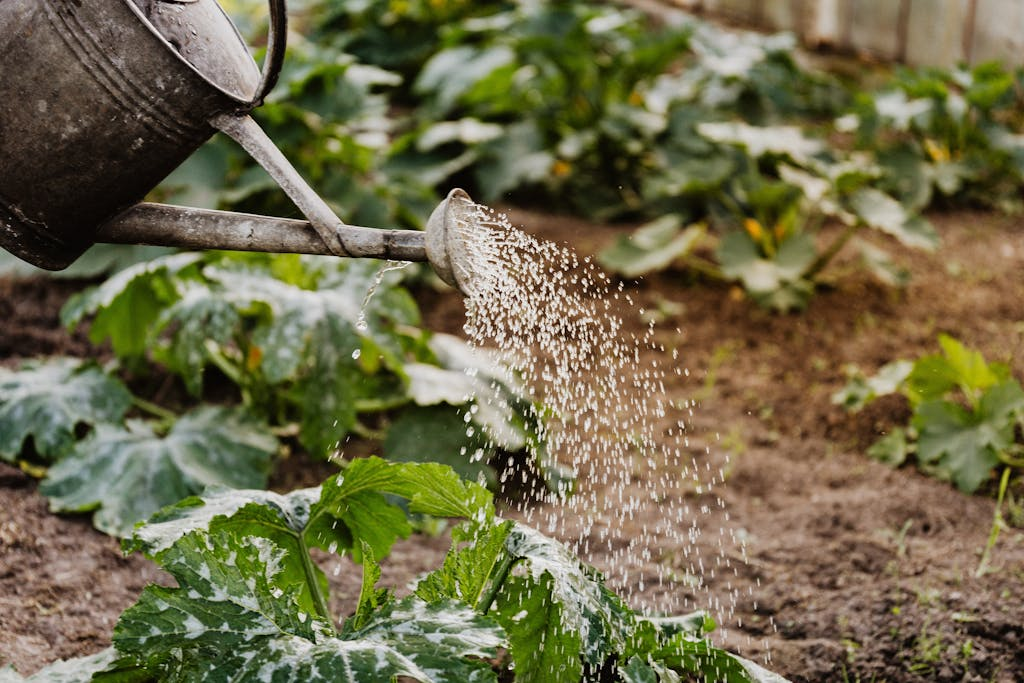
5. Top Crops for Winter Harvests
Certain vegetable varieties are particularly well-suited for growing under cover during the winter months. Niki recommends cold-hardy lettuce varieties like Salanova, Winter Density, and North Pole, which thrive in low temperatures. For broccoli, she suggests Marathon, a variety known for its winter-hardiness. Auroch spinach is another favorite for cold weather, and Napoli carrots develop a sweet flavor when grown and harvested in winter.
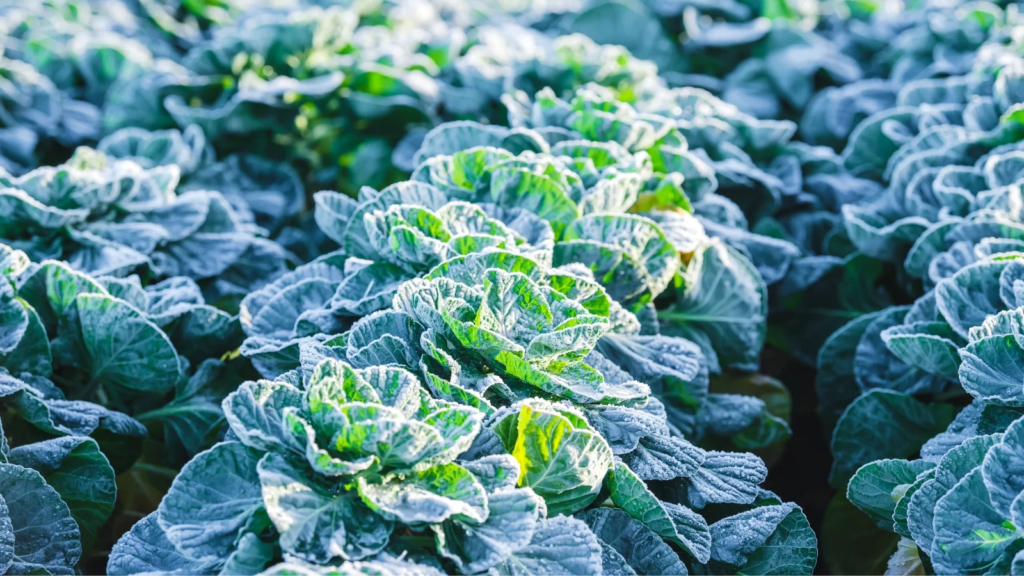
By following these tips, you can make the most of your covered growing space, extending your harvests and enjoying fresh, homegrown vegetables year-round. Happy gardening!
